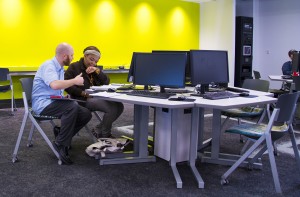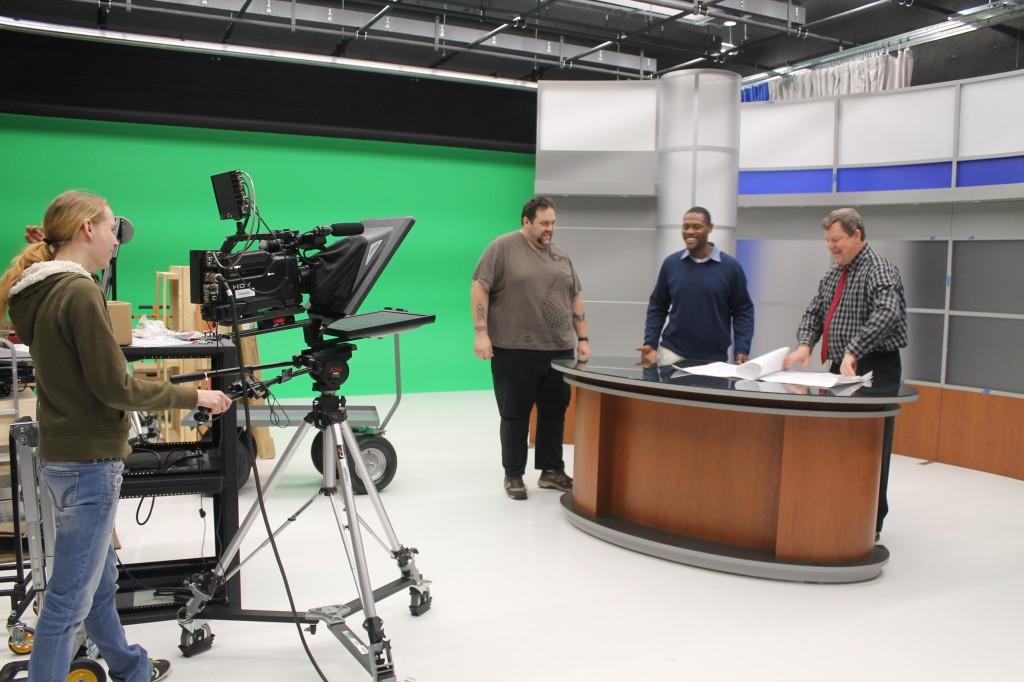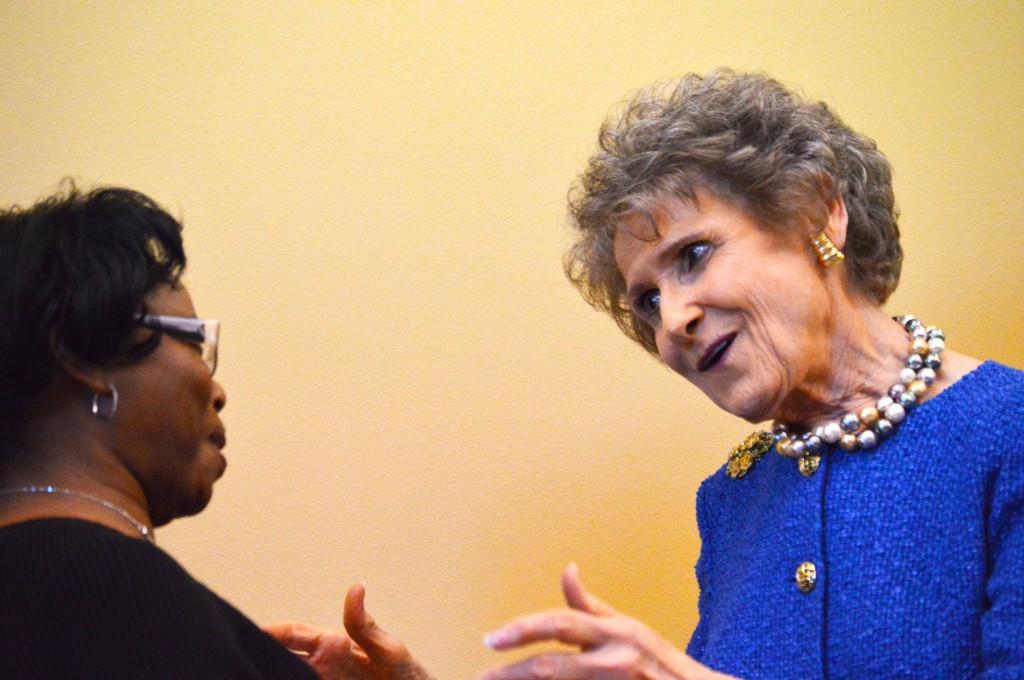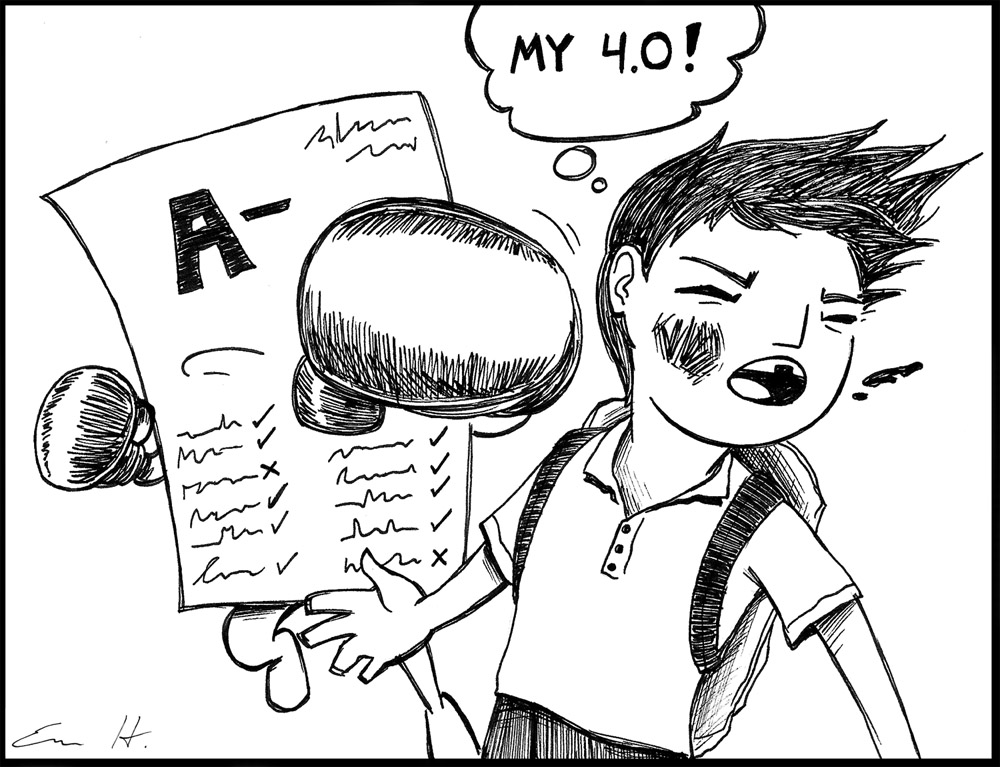By Kenney Kost/editor-in-chief

TCC is making efforts to improve in energy conservation with constantly evolving design standards, computerized building automation systems and updated utilities systems.
As a result of these efforts, administrators hope to reduce electricity consumption by 5 percent each year for 10 years, systems infrastructure utilities energy director David Hoelke said.
When buildings are designed, the facilities team focuses on how the building is oriented, said institutional strategic development director Margaret Lutton.
“We always look at building orientation, the location of the longest span of wall in relation to an east-west orientation,” Lutton said. “This makes the shortest part of the wall face west, therefore, not allowing hot sun to penetrate as much wall space.”
Shading windows on the west-facing walls is another way to conserve energy, Lutton said.
“By shading the windows, we take in less heat, and, therefore, it takes less energy to cool the building,” she said.
Heating and cooling is a major source of energy consumption, Hoelke said. Heating and cooling unit design standards have evolved to become more energy-efficient, he said.
“We are in the midst of replacing older systems with new ones that take less energy to run and demonstrate lowest life-cycle costs,” he said.
TCC also uses computerized building automation systems, which control environmental systems to track temperature changes and use or non-use of spaces and adjust accordingly, he said.
“This is a tremendous help to overall savings,” he said.
In addition to changes in heating and cooling systems, TCC is making changes to all building utility systems such as lighting, plumbing and irrigation, said district irrigation manager Thomas Vanover.
“We have a plan to change over lighting systems to light-emitting diodes [LED] light fixtures, which are much cooler when on and require less energy to operate,” Vanover said. “All building systems are reviewed and, after construction is complete, an auditing process ensues to establish that designed conservation methods are producing actual savings.”
Many of the changes take place during building renovations, Lutton said. However, even without complete remodels or major building renovations, steps to make older buildings more efficient still take place, she said.
“We have a great deal going on in the renovation of these mechanical systems as a part of the infrastructure,” said operational infrastructure director Walter Williams. “These measures may not be highly visible such as new LED lighting fixtures or upgrades to HVAC, but a pursuit of making the district more efficient as a whole is always in progress.”
Good fiscal management is the main reason for the implementation of conservation efforts, Hoelke said, and environmental awareness and responsibility follow from these fiscal decisions.
“The district pursues these conservation projects to help minimize the amount of money siphoned and not going directly to items more closely tied to student success,” Lutton said.




























